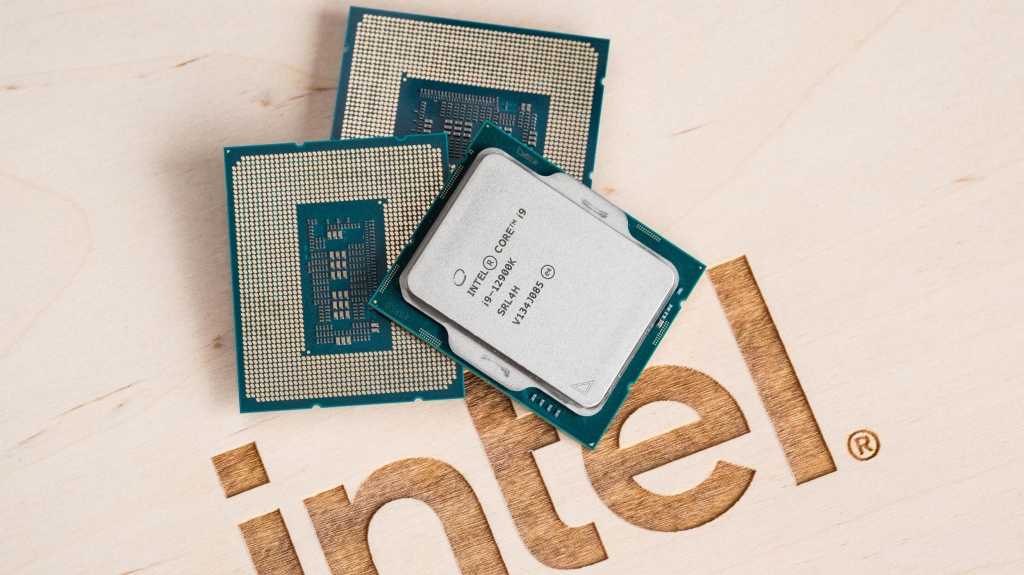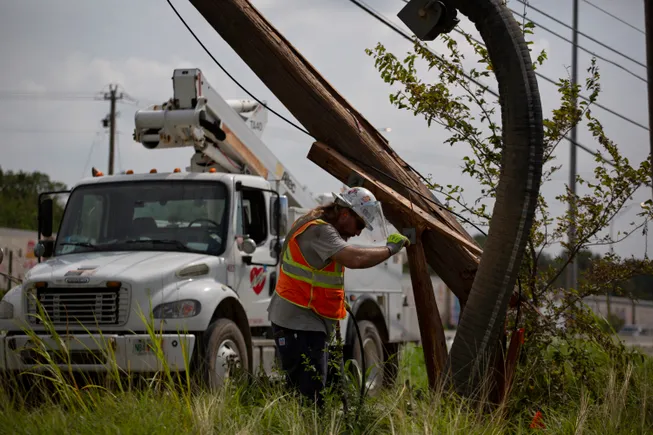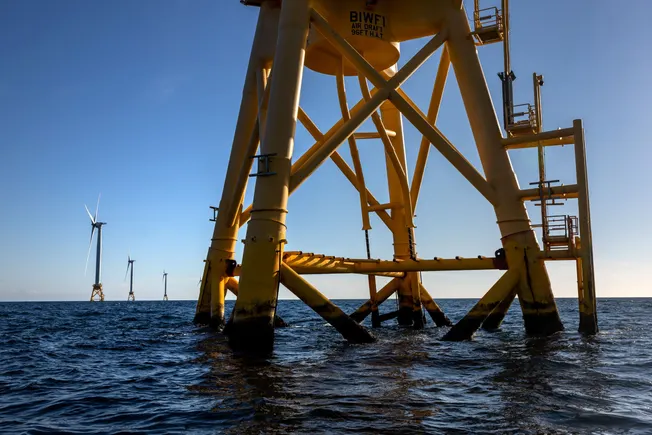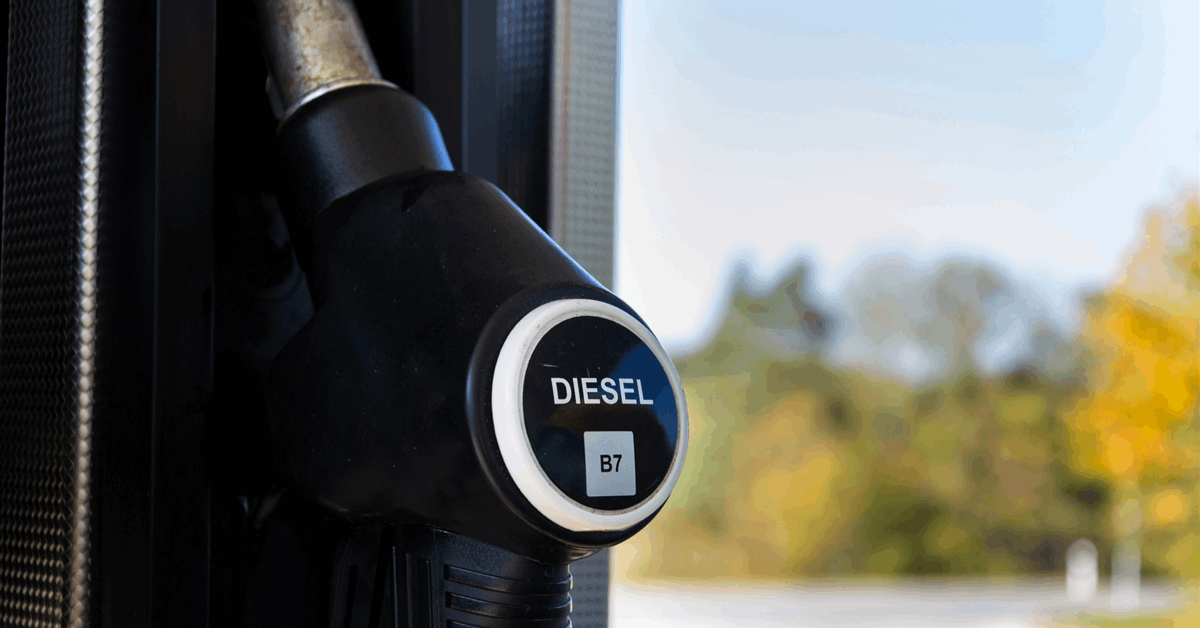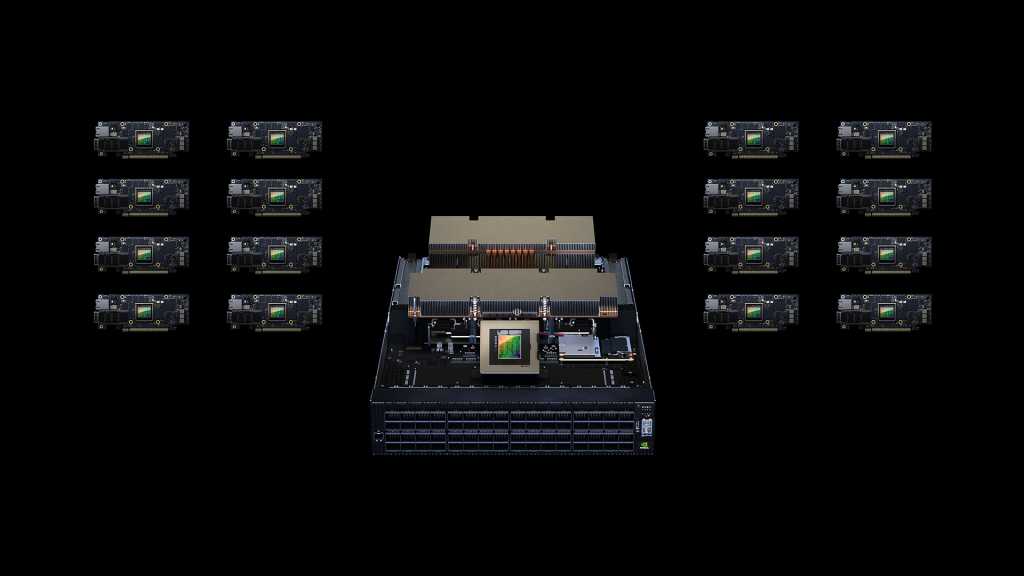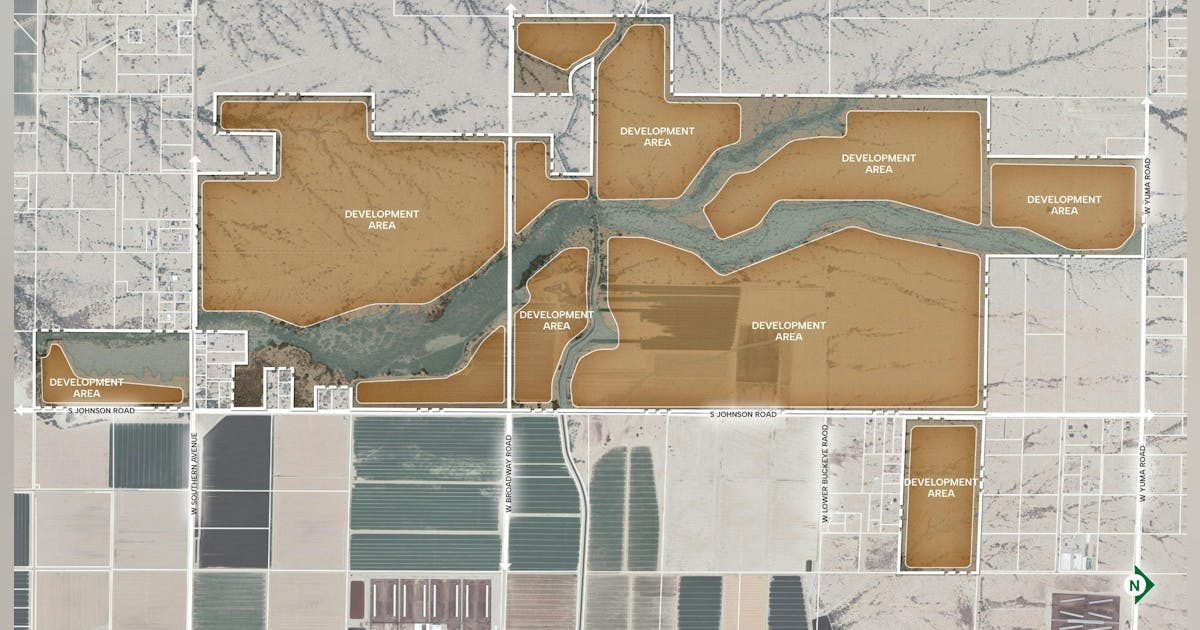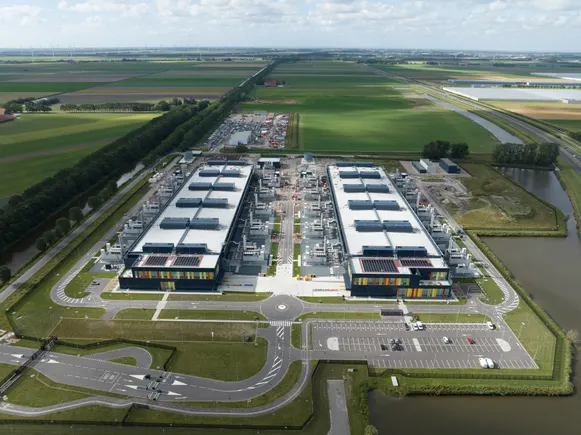
Utilities are under increasing pressure to maintain grid stability while accommodating record levels of electrification, industrial growth, and decarbonization. At the same time, large energy users — including manufacturers and data centers — are requiring access to much more reliable, high-quality power on a much shorter timeline than traditional utility infrastructure solutions can deliver. In fact, U.S. electricity demand is projected to grow by over 20% by 2030, marking the fastest sustained load growth since the post-WWII industrial boom.
Fuel cells aren’t new, but have substantially improved over the past decade in performance, reliability and cost, and now give utilities a way to effectively meet power demands. As part of a distributed energy capacity strategy, they allow utilities to co-create solutions that serve large-load customers without overburdening the grid or ratepayers.
Compared to gas turbines and reciprocating engines, fuel cells deliver cleaner, quieter, and more efficient distributed power. To unlock the full potential of this flexible and scalable alternative, utilities and regulators must expand offerings beyond traditional transmission and distribution offerings and adopt new models for concentrated local power delivery.
The cleaner alternative to traditional onsite generation
Unlike traditional turbines that rely on combustion, fuel cells generate electricity using natural gas through an electrochemical process that does not burn the fuel. “Fuel cells are quiet, clean and compact, making them far more community-friendly than gas turbines or reciprocating engines,” said Kevin Passalacqua, VP of Project Finance for Bloom Energy, a leading provider of fuel cell-based power solutions.
This key distinction eliminates the release of harmful pollutants and particulate matter, reduces water usage and results in systems that operate with virtually no noise. These attributes not only simplify the permitting process but also minimize opposition from neighborhood groups and align with both regulatory expectations and customer-driven sustainability goals.
Built for efficiency and uptime
Fuel cells are cost-competitive with gas turbines or reciprocating engines when considering the total cost of ownership. Higher efficiency and reduced overbuild margins make fuel cells a practical onsite option for utilities and their customers. To guarantee 100 MW of continuous, reliable output, gas turbines typically require 130 MW of installed capacity, and reciprocating engines require about 120 MW. Fuel cells need only 110 MW, further reducing capital expenditures without compromising reliability.
With no moving parts, fuel cells require far less maintenance than combustion-based systems. When servicing is needed, modules can be hot-swapped individually without shutting down the entire installation, eliminating the need for planned maintenance outages. Additionally, efficiency rates of up to 35% to 45% higher than those of reciprocating engines and gas turbines lead to significantly lower annual fuel costs. These efficiencies are guaranteed for the life of the project.
Accelerating Energy Access
Fuel cells dramatically shorten the timeline for delivering new reliable generation capacity. “This speed is critical as utilities face delays in substation construction and interconnection queues, which are straining relationships with large customers,” Passalacqua said.
By deploying fuel cells at the point of need, utilities can bypass grid constraints and serve large loads directly, reducing peak system demand, grid congestion and customer frustration. Bloom Energy can deliver 100 MW of capacity within 90 days, with installation completed in a matter of days if the gas infrastructure is already in place. The company has rapidly increased production to Gigawatt scale, with multiple GW of turnkey systems available to be put in service over the next two years.
Flexible design and deployment
Fuel cells are modular and highly scalable. This flexibility enables utilities to tailor deployments according to customer needs, supporting dynamic customer growth and evolving load profiles.
For example, fuel cell installations can be ground-mounted or configured as multi-level towers ranging from two to ten stories tall. A 20,000-square-foot ground mount facility can provide 10 MW of power. That same footprint can provide up to 50 MW when configured as a five-level tower, maximizing power density where space is limited.
Fuel cells, such as Bloom’s Energy Server®, can also be mounted on skids, allowing them to be relocated as operational needs change. They can be moved between substations, customer sites or service areas, avoiding the risk of stranded assets. When deployed under 5-year project terms, these systems can serve as a temporary bridge until new transmission and distribution infrastructure is built. This approach allows utilities to meet interim power needs during the build-out period.
A new type of utility asset
Progressive utilities and regulators are increasingly recognizing fuel cells as a new class of utility asset. “They are a strategic enabler for utilities navigating the energy transition,” according to Passalacqua. By deploying fuel cells, utilities can serve large energy users without costly transmission infrastructure upgrades, while also enhancing grid reliability.
In meeting new customer demand locally, fuel cells help alleviate overall grid load and congestion and can provide ancillary services like frequency regulation and spinning reserves that improve local grid stability. As a result, these deployments strengthen the system as a whole in terms of resiliency, efficiency, and affordability, and do not require the imposition of additional costs on all ratepayers.
Fuel cells belong in the utility playbook
The utility-customer relationship has evolved from a one-way power provider to a collaborative energy partner. For forward-thinking utilities and regulators, fuel cells are a strategic alternative to traditional transmission infrastructure-heavy approaches. They offer a path to retain large customers, unlock new revenue faster, and meet growing demand without adding strain to the grid and rate base.
Bloom Energy’s solid oxide fuel cell (SOFC) Energy Server® systems can be deployed behind or in front of the meter in a wide range of configurations and contracting models. With more than 1.5 GW of installed capacity and a 17-year operational track record, Bloom’s fuel cells are a scalable, bankable, and proven solution for distributed energy.
To learn how fuel cells can support your grid strategy and customer relationships, contact Bloom Energy or click here.

